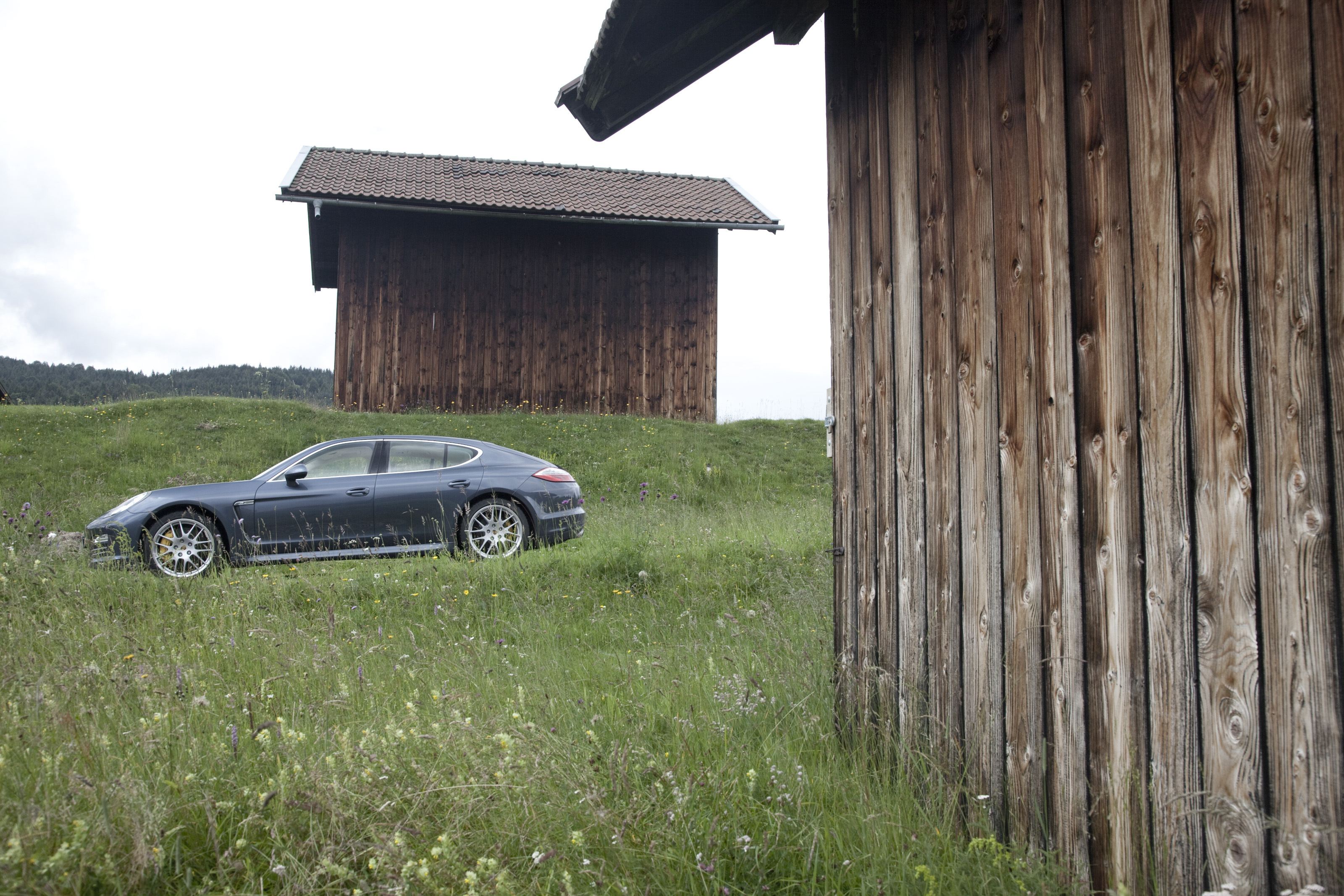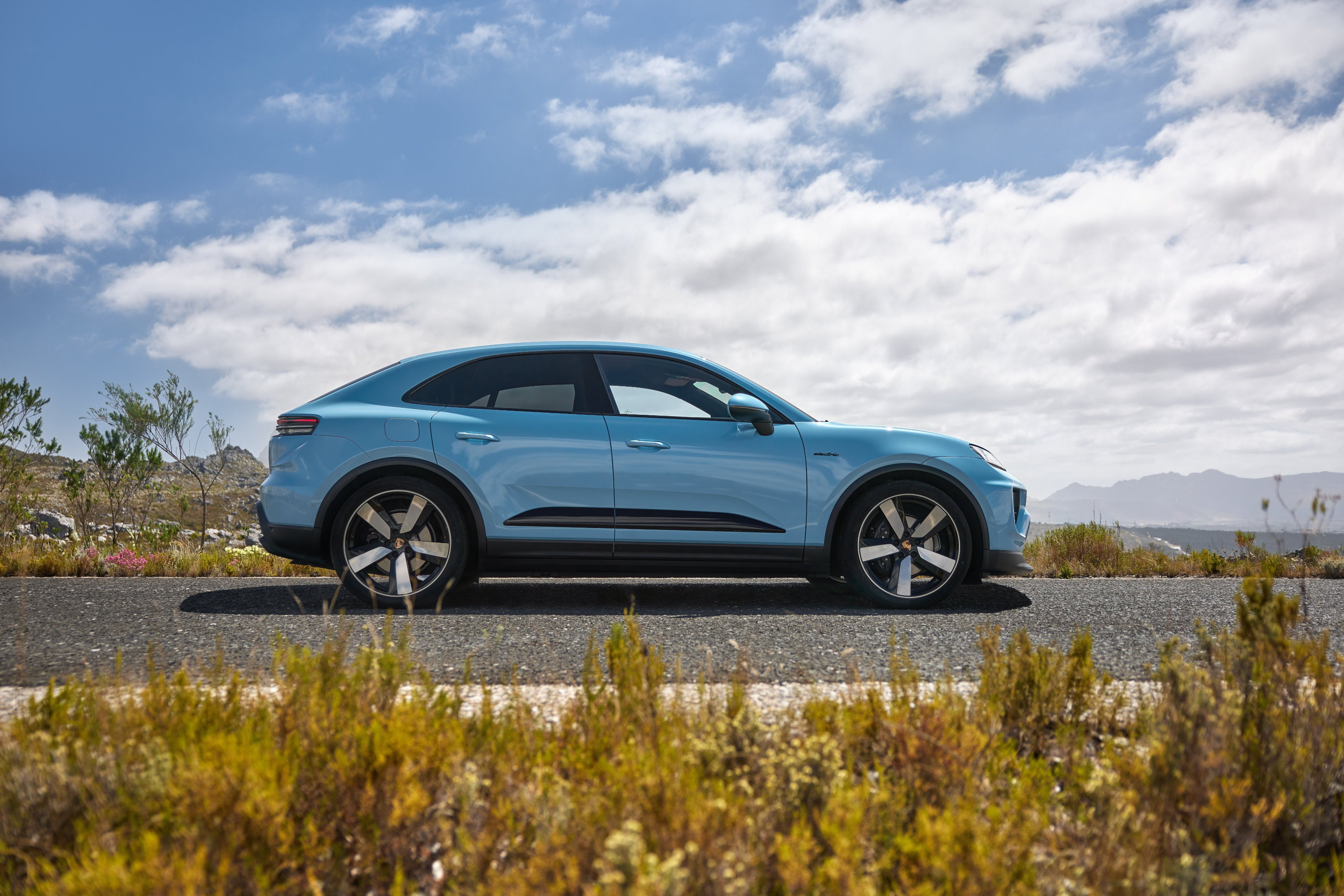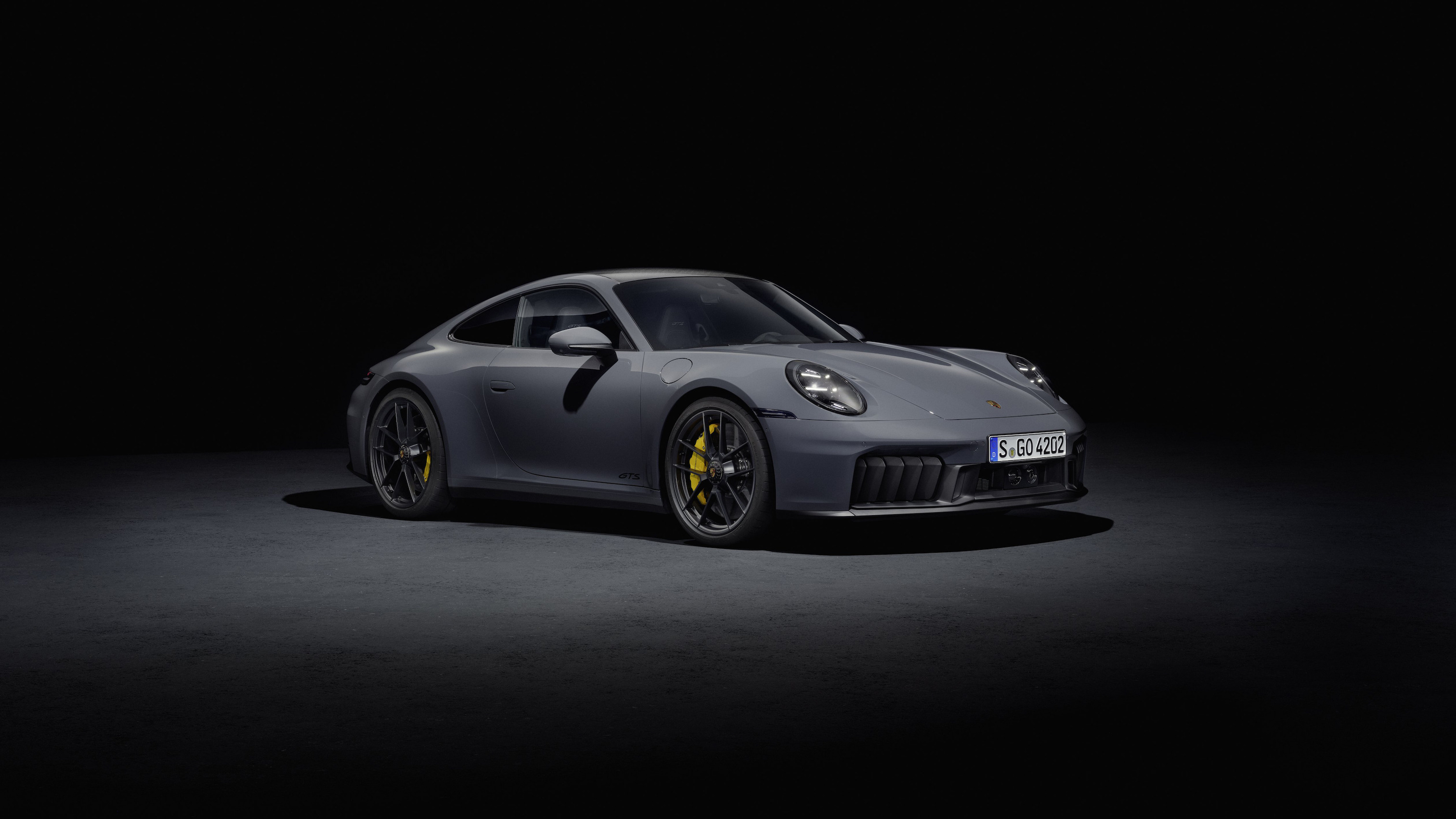
When it comes to making cars, there are few roles more important than the one responsible for penning the shapes and silhouettes that come to define a brand. Within the rarefied world of car design, sitting at the top of the tree of storied sportscar maker Porsche is arguably the top job – something Michael Mauer has done for more than 20 years now as the company’s vice president of style.

From his role as the chief custodian of one of the most iconic sportscar shapes in the world to bringing bold new cars like the Panamera, the hybrid Porsche 918 and the all-electric Taycan to market, Mauer’s time at Porsche has been eventful to say the least. Reflecting on two decades of Porsche design, Mauer is modest about his past achievements but still as passionate about the future of the German carmaker as he was on the first day of the job.
Two decades design at Porsche: Michael Mauer interview

‘In order to keep a design language fresh, you need to give the design department the opportunity to think really without limitations about the future,’ Mauer says, speaking in Porsche’s design studio in Weissach, Germany. ‘You need to create a vision and then go back from that vision and look into which of these elements can be realised already today or maybe tomorrow.’

When Mauer joined Porsche in 2004, the sportscar maker was in a very different place to where it is now. Still in recovery after being on the brink of bankruptcy in the 1990s, the carmaker was in the midst of bedding in a bold new product strategy. First came the Boxster in 1996 – arguably the car that brought Porsche back from the brink – which was followed by the Cayenne SUV in 2002 and the Carrera GT supercar in 2003, which all sat alongside the omnipresent 911.

Launching an ‘entry-level’ convertible, a segment-shaping SUV and an era-defining supercar all within the space of six years was a punchy move for the carmaker but the risk paid off and by 2004, Porsche sales were once again on the rise. While the move had stabilised the company, it had simultaneously created a headache for the design department, which was now juggling the crown jewels – the 911 – alongside new models in entirely new segments.

But that didn’t deter Mauer. ‘I had learned the strict process chains of industrial firms at Mercedes-Benz, Saab and GM, and with that knowledge in hand I began to reorganise the design unit at Porsche,’ he explains. ‘Instead of assigning lead designers for individual model lines, I divided the work process into exterior and interior design, colour and trim units and put the most competent designers with right mindset for the respective specialisation in those positions.’

At the same time, and almost as soon as he walked through the door, he was handed the task of taking Porsche even further into unchartered territory – this time with a four-door saloon. ‘For me, the first generation Panamera was one of the greatest challenges. I just joined the company and I had to gain their acceptance,’ he explains. ‘This was a new segment for Porsche. Let's say, the aspiration was for a new kind of new car – not a classical sedan – a real sports car in the segment, but with all the requirements of a sedan regarding the space.’

What emerged in 2009 was a four-door saloon car that looked like a longer and heavier 911 – something Mauer freely admits could have been better. ‘Even though the car was very successful and still has its own characteristics, you could see I was still very young in the company,’ he admits, referring to his inability to convince the executive board on certain aspects of the car. ‘I would say, with my reputation today, that the first generation of the Panamera would have looked much more like the second generation.’
‘Whenever I see the 918 Spyder, it still looks modern. It's kind of ageless’
Michael Mauer

Shortly after Mauer and his team had successfully delivered the Panamera, another ambitious assignment landed on his desk, only this time, it was for a hybrid-engined hypercar. ‘Whenever I see the 918 Spyder, it still looks modern. It's kind of ageless,’ he admits.

Both in its design and its V8 plug-in hybrid engineering, the 918 showed the world what was possible when it was unveiled at the Frankfurt Motor Show in September 2013, when electric and petrol came together to power something as striking as two-seater, open cockpit hypercar. While the £700,000, limited-edition Porsche was a special engineering and design exercise, it paved the way for one of Mauer’s greatest achievements – Porsche’s first all-electric mass market car in 2019, the Taycan.
‘The first car from Porsche without the combustion engine had to be really a Porsche but also visualise this new generation for the company’
Michael Mauer

‘I always had the target that [the Taycan] becomes a little bit in the Battery Electric Vehicle (BEV) world, what the 911 is in the combustion world,’ says Mauer. ‘The first car from Porsche without the combustion engine had to be really a Porsche, but it should also show and visualise this kind of new generation for the company.’

With design cues inspired by the hybrid 918, the performance to outrun a 911 and the same level of practicality of the Panamera, the Taycan was a groundbreaking car for Porsche and the auto industry as a whole. It reset the benchmark for what a sporting, all-electric saloon should be but most importantly for Mauer, it still needed to look like a Porsche.

While the Taycan was responsible for defining a new all-electric era for Porsche, it was still a conventional sports saloon, albeit with futuristic touches and new underpinnings. Despite the speed at which electric technology has advanced in the past 20 years, Mauer feels the switch to batteries and the architecture around them is still a way off granting designers complete freedom.

‘In the car industry, with this transformation, we are replacing one technology with the other. So, the engine block is replaced by a big battery pack,’ he explains. ‘But we are not yet there in terms of having much more freedom as designers. There are very exciting times ahead of us, and my successor will have the opportunity to explore new proportions more radically because of the new technology, but I don't see this really in the next two or three or five years.’

As it stands, combustion engines remain a staple of the Porsche line-up but change is on the cards. This year saw the arrival of the first hybrid-engined 911 and an all-electric Macan – another of Mauer’s ‘children’ – ahead of the electric Cayenne arriving in 2025. But the switch to battery power isn’t the only major change impacting Mauer’s design studio.

Until relatively recently, the prospect of artificial intelligence playing a role in car design was a fantasy, but with the rapid rise in generative AI, the technology is finding its way into creative outlets, including Mauer’s studio. With the ability to speed up much the design process, AI can render a sketch or create a model in minutes – a process that used to be measured in weeks when Mauer first entered the industry – but he’s not afraid that transport design will disappear as a job entirely.

‘The human factor is and always will be a selling point and quality marker, particularly in the age of artificial intelligence’
Michael Mauer
‘AI is using sources, or is based on things that already exist, and then recombining these so new things can pop up, so for me, they always still a lack a surprising element,’ he reasons. ‘I can see that some of the designers are very good at feeding into the system, to create very fast a base from which they can go on further but it’s this human aspect – the element of surprise and intuition – that is missing. The human factor is and always will be a selling point and quality marker, particularly in the age of artificial intelligence.’

After 20 years in the job, you’d think Mauer might be a bit bored of Porsche. Having broken new ground – several times over – alongside subtly updating and safeguarding three generations of 911, he’s accomplished with one manufacturer what most designers could only dream of across a whole career.

While he admits it’s a common misconception that the design department at Porsche is ‘a pretty boring place,’ with teams creating ‘another version of the 911 that looks like the predecessor’, Mauer’s two decades with the manufacturer have been anything but dull. ‘To work in the design department at Porsche in Weiss is one of the most exciting places you can be. It's a dream job. You can design products that you want to drive yourself,’ he says with a smile.








